SHANGHAI: China's first big passenger plane rolled off the assembly line on Monday as the Asian giant seeks the prestige of having its own aviation sector, and to challenge foreign giants Airbus and Boeing for market share.
Workers spent over a year putting together the C919, a narrow-body jet which can seat 168 passengers, at the Commercial Aircraft Corp. of China (COMAC) facility in Shanghai.
For China, the plane represents at least seven years of efforts in a state-mandated drive to reduce dependence on European consortium Airbus and Boeing of the United States, and even compete against them.
"China's air transport industry cannot completely rely on imports. A great nation must have its own large commercial aircraft," the country's civil aviation chief Li Jiaxiang told an audience of government and industry officials.
A small truck towed the 39-meer long plane — painted white with a green tail — out of a cavernous building decorated with an enormous Chinese flag into the sunlight as project workers marched alongside, an AFP journalist saw.
"The roll out of the first C919 aircraft marks a significant milestone in the development of China's first indigenous aircraft," COMAC chairman Jin Zhuanglong told the ceremony.
The aircraft, which has a range of up to 5,555 kilometers (3,444 miles), will make its first test flight in 2016, he said -- meaning that it will miss the original deadline of this year.
The China Daily newspaper has reported the maiden voyage could even be put back to 2017.
China has dreamed of building its own civil aircraft since the 1970s when Jiang Qing, leader Mao Zedong's wife and a member of the notorious "Gang of Four", personally backed an attempt to do so. But the Y-10's heavy weight made it impractical and only three were ever made.
Although the C919 is made in China, foreign firms are playing key roles by supplying systems as well as the engines, which are made by CFM International, a joint venture between General Electric (GE) of the US and France's Safran.
Spending on the C919 has not been revealed. Last month, the Export-Import Bank of China said it would provide state-owned COMAC with $7.9 billion in finance for its aircraft projects.
The company already has orders for 517 of its C919 planes, according to a COMAC statement, almost all of them from domestic buyers. Among foreign customers, Thailand's City Airways has ordered 10, according to an announcement last month.
But it will take years for the C919 to be delivered to customers, with the plane expected to enter service in 2019 at the earliest, industry officials said.
"There's a lot of work to do still," said Briand Greer, president for Asia-Pacific of Honeywell Aerospace, which is supplying four key systems for the C919: flight control, wheels and brakes, auxiliary power units and navigation.
"A lot of testing, a lot of flight testing, systems integration testing and of course all the certification," he told AFP.
COMAC has already developed a smaller regional jet, the ARJ, in a project which is years behind schedule.
The 78-90 seat ARJ is still undergoing test flights and lacks the crucial certification by the US Federal Aviation Administration that would enable it to fly in US skies.
The Chinese company also plans a wide body plane, the C929, in cooperation with Russia's United Aircraft Corp., and speculation is mounting China will create a new aero-engine entity to try to produce the powerful jets needed for large civil aircraft.
China is expected to add 6,330 new aircraft worth $950 billion to its commercial fleet by 2034, Boeing estimates.
The single-aisle C919 targets the lucrative segment dominated by Boeing's 737 and the Airbus A320.
"Research and manufacturing of a big plane is complex," said China's Vice Premier Ma Kai, the highest government leader attending the ceremony. "There is still a long way to go to commercial operation."
China rolls out first C919 aircraft
China rolls out first C919 aircraft
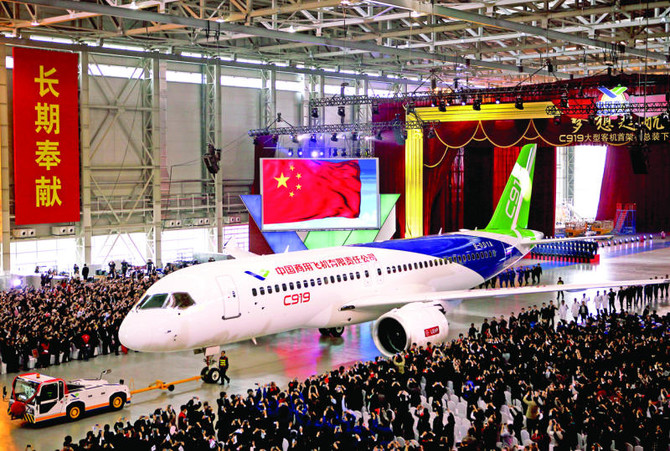
Saudi Arabia focused on promoting energy efficiency: top official
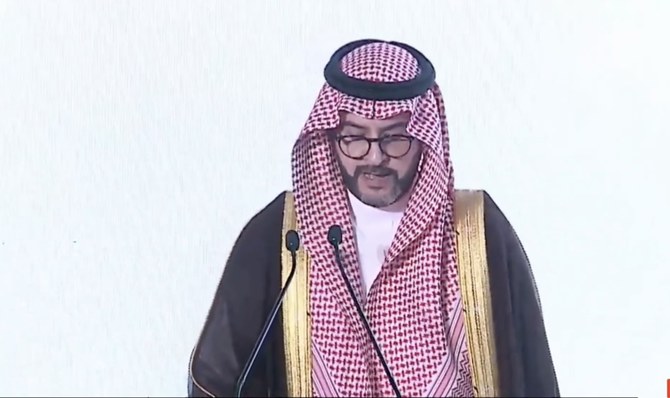
RIYADH: Saudi Arabia’s budding energy efficiency sector has witnessed notable growth with the number of licensed service providers reaching 55 by the end of 2023, says a top official.
As the Kingdom strives to reduce its carbon footprint, with recently amplified goals to achieve net-zero by 2060, the Saudi Energy Efficiency Center is working to aide the nation in realizing these ambitions, Nasser Al- Ghamdi, the CEO of the center noted.
In his inaugural address at the Saudi ESCO forum, the top executive stressed the entity’s role in raising awareness about energy efficiency. He highlighted that 26 universities nationwide have adopted energy efficiency topics and courses in their curricula.
Yanbu Royal Commission teams up with Skytower Investments for industrial projects development
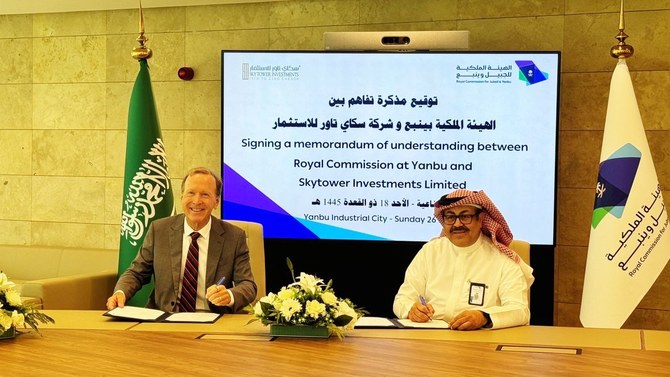
RIYADH: Saudi Arabia’s Yanbu governorate is poised to see the development of several industrial projects following an agreement between its Royal Commission and Skytower Investments Ltd.
The memorandum of understanding, signed by the commission’s CEO, Abdul Hadi Al-Juhani, aims to develop industries in the petrochemicals sector, specialized chemicals, renewable energy, and other manufacturing divisions.
This MoU signing is part of the Royal Commission’s ongoing efforts to attract more local and international investments to Yanbu Industrial City in promising sectors, aligning with the objectives of Saudi Vision 2030 programs.
Headquartered in Riyadh, STI is an investment firm specializing in renewable technology, green manufacturing, supply chain, and green power production.
“This is a result of significant development over the past nine months by both teams paving the way for more international manufacturing and localization projects landing in Yanbu,” Skytower said in a tweet on X.
It added: “This agreement will pave the way for more international manufacturing and localization projects landing in Yanbu, an industrial heartland with complete industry infrastructure and extensive manufacturing experiences.”
In April, STI signed a four-party joint agreement with Chinese automaker Chery Automobile Co., the Ministry of Investment, and the National Industrial Development Center.
This collaboration, driven by Saudi Arabia’s Vision 2030, signifies a crucial step toward future economic opportunities and the well-being of the Saudi people.
In August 2023, the Kingdom’s untapped southern region took a significant step toward welcoming international travelers.
Cruise Saudi and the Royal Commission for Jubail and Yanbu signed an MoU to unlock the region’s tourism potential. This strategic partnership was aimed at positioning the southern region as a captivating tourist destination, fostering growth in the travel sector and contributing to the region’s economic advancement.
Formalized during the MASAREB ceremony held in Jazan, the agreement encompassed a spectrum of efforts, from knowledge transfer to mutual alignment on ventures aimed at establishing the destination and yielding a positive local impact.
STI is a global partnership between NGOs, green businesses with advanced eco-friendly technology, sustainable manufacturing, and Saudi’s national sustainable economic development authorities.
Their aim is to develop practical plans for industry decarbonization, economic revitalization, technological advancement, and carbon-neutral technology.
Digital trade activities in UAE to grow by 12.3% annually

- Projected surge likely to be fueled by BNPL, fintech systems: report
RIYADH: Digital trade in the UAE is projected to grow at a compound annual rate of 12.3 percent from 2023 to 2028, fueled by the rise of “buy now, pay later” models and fintech systems.
A joint research paper, issued by the country’s Ministry of Economy and Abu Dhabi Chamber of Commerce and Industry, showed that more than 40 percent of consumers in the UAE rely on “buy now, pay later” models and fintech digital technology systems.
ADCCI CEO Ahmed Khalifa Al-Qubaisi said the research paper serves to strengthen his chamber’s position as a leading partner in the process of digital transformation in the business world.
“It aligns with the chamber’s strategy for digital transformation, aimed at attracting talent and expertise, exploring technological solutions, and integrating advanced AI technologies and tools such as Microsoft Copilot, into the current operational system at the Abu Dhabi Chamber,” he said.
Al-Qubaisi added this integration is intended to boost the level of productivity, improve the completion of daily tasks, increase customer satisfaction, and support the efforts of local and global businessmen and entrepreneurs.
He further said that the ADCCI continues its endeavors to enhance the quality of initiatives and projects dedicated to the private sector.
“The chamber employs various smart systems to analyze and process accurate data, as well as develop operational processes,” the CEO said.
He added that this approach aims to bolster sound decision-making and the formulation of effective strategic plans aligned with the aspirations of the business community in Abu Dhabi.
He noted that the paper provides a detailed overview of local, regional, and global regulatory frameworks and policies, key agreements, and the role of major international bodies such as the World Trade Organization in shaping the movement of traditional and digital trade and highlights new e-commerce practices that shape current trade dynamics.
The research paper revealed that about 49 percent of consumers in the UAE shop online frequently, with about 47 percent of the population relying on credit cards, which is much higher than the global average of 18 percent.
The research paper stated that it is expected that 20.1 percent of total global retail purchases will be completed online in 2024, while digital retail activity is expected to constitute around 25 percent of total global sales by 2027.
Saudi Arabia's top banks see 8% earnings surge to $5bn in Q1
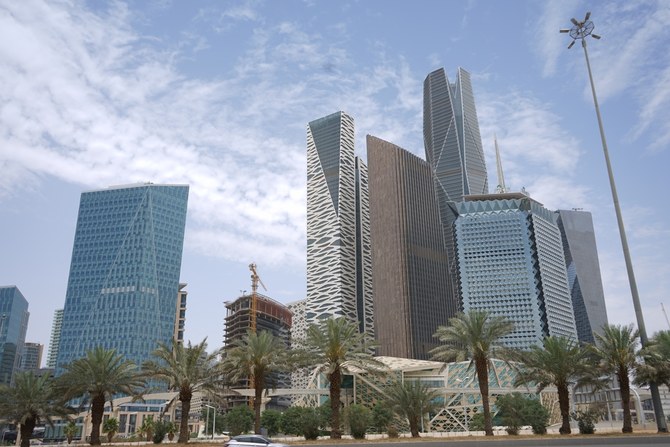
RIYADH: Saudi Arabia’s top 10 listed banks saw their earnings surge by 8 percent in the first quarter of 2024, reaching SR18.65 billion ($5 billion) compared to the corresponding period of the previous year.
The increase in earnings can be attributed to several factors, including an 11 percent growth in lending and a rising interest rate environment that has heightened the cost of credit.
According to the latest data from the Saudi Central Bank, loans reached SR2.67 trillion by the end of March, with a growth rate surpassing deposits, which increased by 8 percent.
Meanwhile, research by Kamco Invest indicated that data from Gulf Cooperation Council central banks showed that, despite higher interest rates, outstanding credit facilities in the region continued to expand during the first quarter of 2024.
This growth was driven by widespread increases across all seven countries, highlighting the resilience of the financial sector. The robust expansion in lending reflects a broader trend of economic growth and investment within the Gulf region, demonstrating the strength and stability of its financial systems.
Their analysis showed that lending growth was strong compared to last year, with each country experiencing significant increases. This robust lending growth reflects a solid project pipeline, as aggregate contract awards in the GCC rose by 20.3 percent year-on-year, reaching $45 billion in the first quarter of 2024, up from $37.4 billion in the same period last year.
S&P Global forecasts robust credit growth for banks in the Kingdom, ranging between 8 to 9 percent in 2024. This expansion is expected to be driven by corporate lending, fueled by increased economic activities stemming from the Vision 2030 program.
In March, Moody’s Investors Service reaffirmed a positive outlook for Saudi Arabia’s banking sector. This endorsement was based on the Kingdom’s economic diversification programs and the growth of loans for low-risk government-backed projects. These initiatives are expected to enhance loan performance and contribute to robust profits in the banking sector.
Moody’s emphasized that Saudi Arabian banks anticipate a low nonperforming loan ratio and possess substantial loss-absorption capacity. Furthermore, their capital ratios rank among the highest in the Middle East region.
Furthermore, there is anticipation that the Saudi government and its affiliated entities will inject deposits into the banking system, thus providing additional support for the credit expansion of financial institutions in the Kingdom.
In this quarter, Saudi National Bank reported the highest earnings among the top 10 banks, reaching SR5.04 billion, followed by Al Rajhi Bank, which had earnings totaling SR4.41 billion.
According to Forbes 2024 MENA’s 30 most valuable banks list, Saudi Arabia accounted for a third of the entries, with 10 banks featured. Al Rajhi Bank continued to lead the list, with its market value increasing by $21.7 billion over the past 12 months to reach $96.6 billion.
Following closely, Saudi National Bank holds a market value of $68.2 billion.
Despite representing just 7 percent of the total revenues of listed banks in the first quarter, Alinma Bank’s growth significantly contributed to the overall increase. It experienced a 36 percent surge compared to the same period last year, reaching SR1.31 billion.
The bank attributed these positive results to increases in net income from financing and investment, banking service fees, income from evaluating investments at fair value, and other revenue streams.
According to S&P Global, Saudi banks are anticipated to adopt alternative funding strategies to manage the swift expansion in lending, driven by the increasing demand for new mortgages.
Even as the Saudi government and affiliated entities are poised to inject deposits into the banking system, Saudi banks are projected to persist in accessing international capital markets. This trend is expected to endure for the next three to five years.
Saudi Arabia’s PIF launches company to venture into space sector
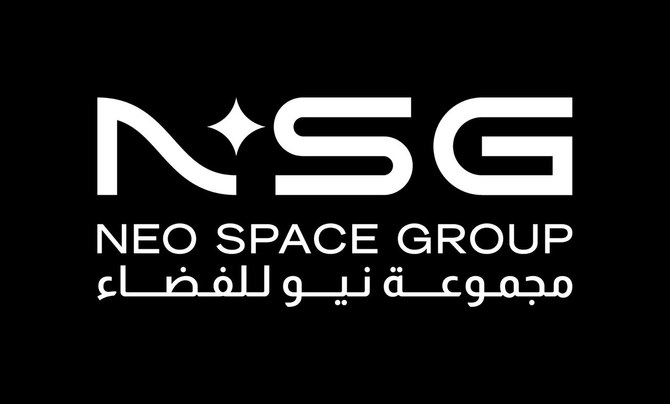
RIYADH: Saudi Arabia’s space and satellite sector is set to receive a strategic boost with the Kingdom’s wealth fund establishing the Neo Space Group.
The wholly owned company of the Public Investment Fund aspires to become a national champion in the sector by developing local capabilities and boosting its strategic position within the growing global space economy, said a press release issued on Monday.
The group aims to develop and enhance commercial space operations in Saudi Arabia, providing innovative satellite and space solutions locally and globally.
Commenting on the development, Omar Al-Madhi, co-head of MENA Direct Investments at PIF, said: “The establishment of NSG marks an important milestone in the development of the growing satellite and space sector in Saudi Arabia and the ambition to be a leading commercial player in the global satellite sector.
“It is a unique milestone for PIF as it is PIF’s first investment focused on the space industry, which represents a series of new opportunities for the Saudi economy and private sector. It will also drive economic expansion in Saudi Arabia within several related strategic sectors while advancing the localization of vital industries.”
According to the press release, NSG will invest in local and international assets and capabilities, as well as promising venture capital opportunities, to catalyze the advancement and localization of sector-specific expertise.
The PIF company will contribute to the development and deployment of the latest cutting-edge technologies in the space industry through its four dedicated business segments: satellite communications, earth observation and remote sensing, satellite navigation and Internet of Things, as well as a satellite and space-focused venture capital fund.
The development of the aerospace sector is in line with PIF’s strategy to unlock the potential of promising sectors in Saudi Arabia and support the diversification of the Saudi economy, the growth of non-oil revenues and the realization of Saudi Vision 2030.











